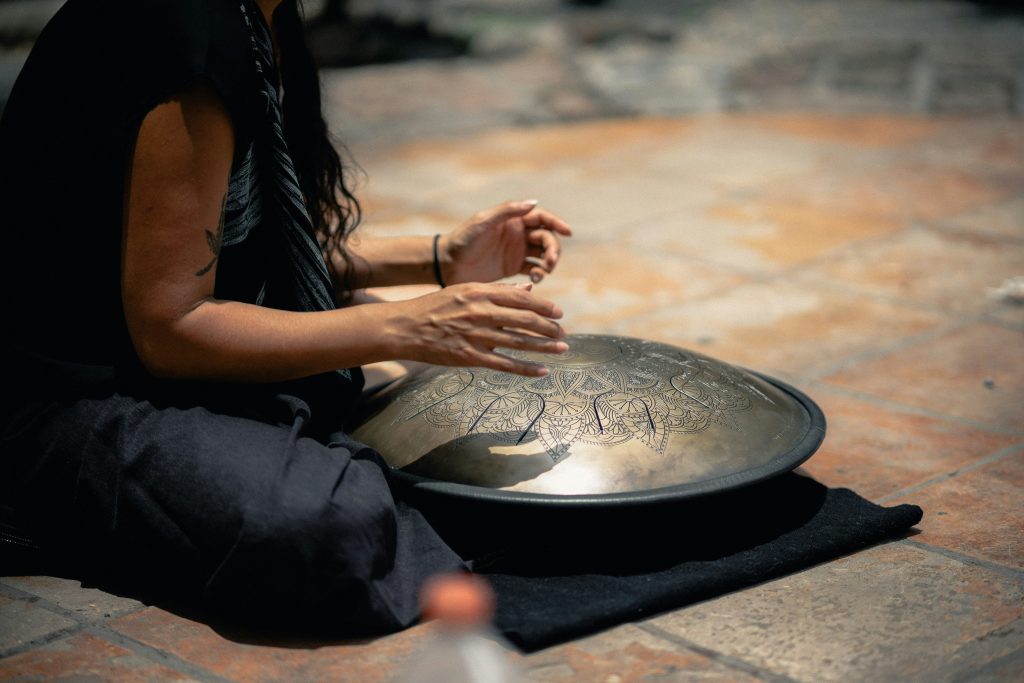Music’s Hidden Magical Gems: Fascinating Instruments You Might Not Know About
Photo by Julio Lopez on Unsplash
Unlock the Magic of Music’s Hidden Treasures
Music can transport us to different worlds, evoke emotions, and connect us in ways that words alone cannot. While we often associate this magic with familiar instruments like the guitar, piano, or violin, a whole realm of lesser-known instruments carries their own unique enchantment. These hidden gems, often overlooked, possess the power to create sounds that are both mysterious and mesmerizing, adding a new dimension to the musical experience.
Imagine the thrill of discovering an instrument that produces sounds you’ve never heard before, one that resonates with a sense of wonder and curiosity. From the ethereal tones of the theremin to the haunting melodies of the hang drum, these instruments are not just tools for making music but portals to a deeper understanding of the art form. Their sounds can evoke ancient traditions, tell stories without words, and introduce you to cultures and histories that are as rich and varied as the music they produce.
If you’re passionate about exploring the magical side of music, these instruments are your gateway. They invite you to step outside the conventional and embrace the extraordinary. In this guide, we’ll uncover some of these fascinating instruments, each with its own story and its ability to captivate your imagination. Whether you’re a musician looking to expand your repertoire or a music lover eager to deepen your appreciation, these hidden gems will inspire and intrigue you.
French Horns
The French horn is a brass instrument that stands out because of its distinctive circular shape and warm sound. Its design includes a long, coiled tube ending in a large bell, and it’s played by blowing into a mouthpiece while pressing down on valves to change the pitch.
While it’s most common in classical music, the French horn also appears in jazz and contemporary genres, though less frequently. These styles add a unique flavor, making the music more dynamic and rich.
So, if you’re interested in trying out the french horns, it’s easier than you might think to get your hands on one. They are readily available online, and a quick search will lead you to various sites offering different brands of the highest quality.
The Glass Armonica
The glass armonica is a unique instrument invented by Benjamin Franklin in 1761. Inspired by the sounds of wet fingers on glass, Franklin designed a series of glass bowls of different sizes that rotate on a spindle. Musicians can create hauntingly beautiful sounds by touching these spinning bowls with wet fingers.
The glass armonica produces an ethereal tone that seems almost otherworldly. This sound is soft and clear, often described as heavenly. The instrument became quite popular in the 18th century, especially in Europe, where it was used in many performances and even caught the attention of famous composers.
Notably, composers like Wolfgang Amadeus Mozart and Ludwig van Beethoven composed music specifically for the glass armonica. Their pieces highlight the instrument’s unique ability to convey deep emotion and delicate soundscapes, adding a magical quality to their music.
The Hang Drum
The Hang drum, a captivating and relatively new instrument, first appeared in 2000. It was created by two Swiss inventors, Felix Rohner and Sabina Schärer. Although the steel drum inspired its design, the hang drum is played differently and produces its own unique sound.
Shaped like a UFO, the Hang drum is made from two steel sheets glued together. It has a central ‘ding’ note and seven to nine other notes arranged in a circle. When struck with the hands, each note produces a different pitch.
Players of the Hang drum use their hands to tap it gently, which makes a soft, melodic sound that many find calming and uplifting. This soothing quality has made the Hang Drum a favorite in settings that focus on relaxation and meditation.
The Hurdy-Gurdy
The hurdy-gurdy is an intriguing musical instrument with roots stretching back to medieval Europe. It looks like a violin but works quite differently. Instead of using a bow, you turn a crank that rubs a wheel against the strings to make a sound. This creates a continuous, droning melody while you play notes on a keyboard that presses small wedges against the strings.
Historically, the hurdy-gurdy was popular during the Renaissance and was used to entertain in both street performances and royal courts. Over time, its popularity faded, but it never completely disappeared.
In recent years, the hurdy-gurdy has returned, especially in folk music scenes worldwide. Musicians are drawn to its unique sound and how it blends with other traditional instruments.
The Chapman Stick
The Chapman Stick is a unique and versatile instrument that stands out in the world of music. Invented by Emmett Chapman in the early 1970s, this instrument looks a bit like a guitar but has a much more comprehensive range of sounds. It can be heard in various types of music, from rock and jazz to classical pieces.
Playing the Chapman Stick is quite fascinating. It has ten or twelve strings, and instead of strumming or plucking, players tap the strings against the fretboard with both hands. This method allows the musician to play bass lines, melodies, and harmonies simultaneously. It’s like having a piano’s range and ability to play multiple notes but as a stringed instrument.
The Chapman Stick’s design lets musicians explore a whole orchestra of sounds on one instrument. Thus making it a favorite for solo performers and bands looking to add a unique touch to their music.
Embrace the Magic of Music’s Hidden Gems
Exploring the world of lesser-known musical instruments opens up a new dimension of sound and creativity. These hidden gems bring fresh, enchanting melodies that can inspire and transform your musical journey. Whether you’re an artist seeking to innovate or a listener eager to discover something new, these instruments offer a unique way to experience the magic of music. By embracing these fascinating tools, you unlock a treasure trove of possibilities, enriching your connection to music in ways you may have never imagined.





